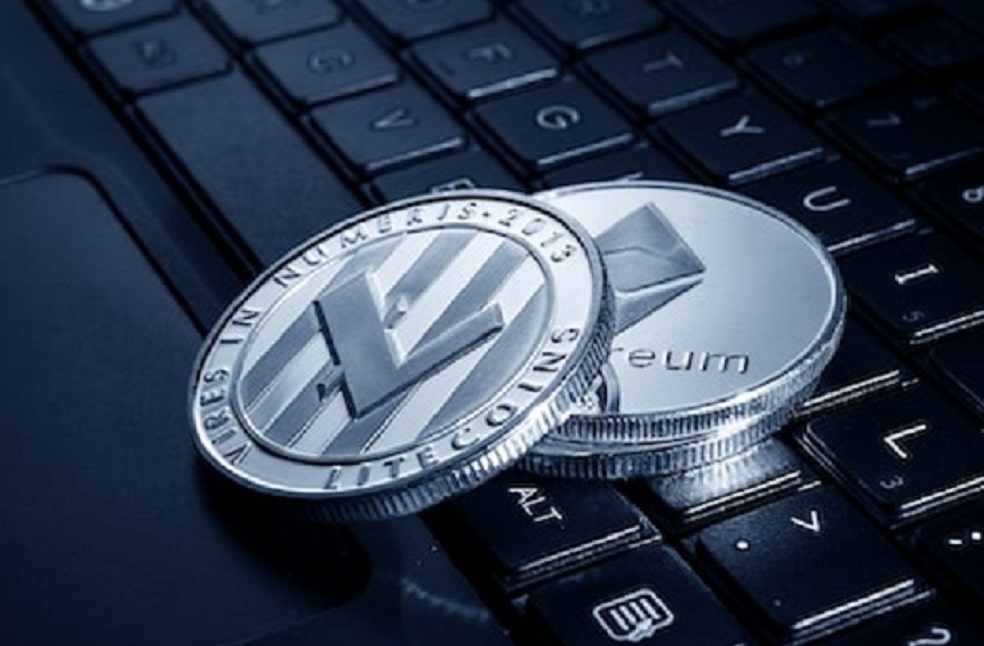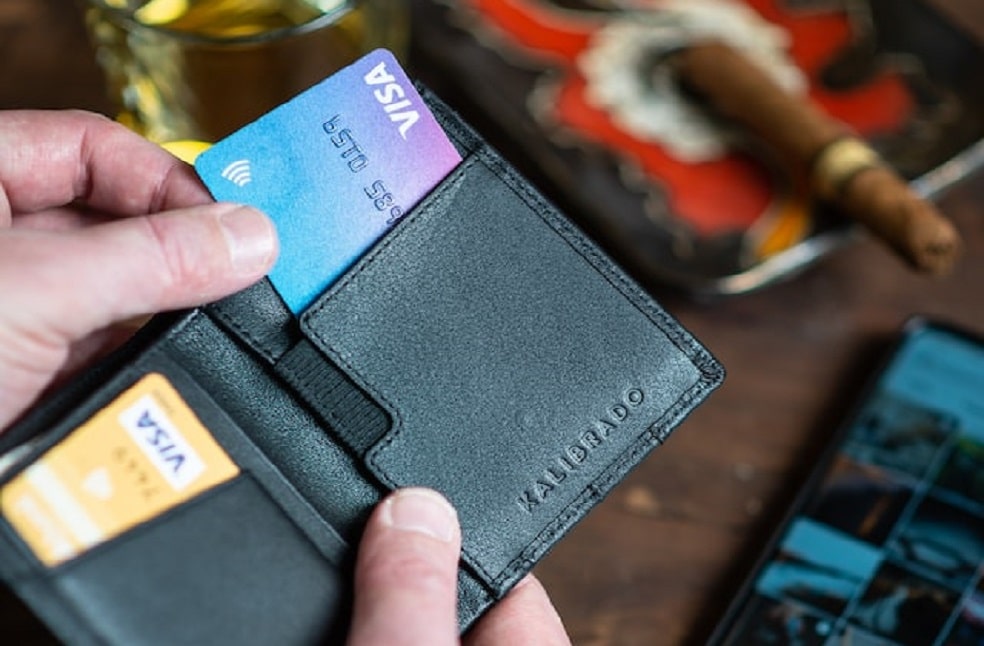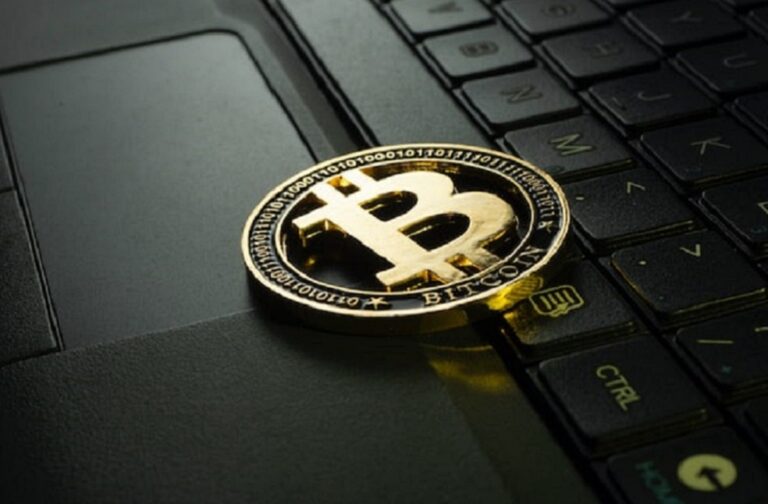New Delhi, India: The Reserve Bank of India (RBI) has announced that the country will launch the first pilot project for retail Digital Currency on 1st December, extending the test to evaluate the production and distribution of the e-Rupee in the South Asian market with a selected group of customers and merchants.
The introduction of Digital Currency in India is expected to be implemented without disrupting the existing financial system. The country’s official Digital Currency, e-Rupee, will be implemented on a trial basis.

RBI also informed that four local banks, State Bank of India, ICICI Bank, Yes Bank and IDFC, will take part in the initial phase of the pilot in four cities (Mumbai, New Delhi, Bengaluru and Bhubaneswar). Bank of Baroda, Union Bank of India, HDFC Bank, and Kotak Mahindra Bank will “subsequently” join the trial program.
The statements from RBI suggests that users will be able to transact with e-Rupee through a digital wallet offered by the participating banks and stored on mobile phones or devices. Transactions can be both Person to Person (P2P) and Person to Merchant (P2M). Payments to merchants can be made using QR codes displayed at merchant locations. The e-Rupee would offer features of physical cash like trust, safety and settlement finality.
What is Digital Currency?
Paper currency is losing relevance as a result of the emergence of money transfer systems as ECS, RTGS, NEF, IMPS, CTS, NACH, and UPI. Central Bank Digital Currency (CBDC) is a currency in electronic or digital form, which is the latest to be introduced by the Reserve Bank of India. It can be used for exchanges just like regular Paper Currency. Digital Currency also fulfils the 3 most important functions of money, a medium of exchange, unit of value and an asset for future.

Central Bank Digital Currency can be in token form or account form. Account form is appropriate for wholesale use, whereas Token form is suitable for general use. Just like the Paper Currency, the Digital Currency comes in fixed denominations like Rs. 500, Rs. 100, and Rs. 50, and thus is expected to gain acceptance and credibility among the general public.
Currently, the government is planning two types of currencies- Digital Currency Retail for everyday use of ordinary citizens and Digital Currency Wholesale for the needs of selected financial institutions.
The launch and the implementation of the Digital Currency is intended in two different methods-, Single Tier Model and Two-tier Model. In the first model, Reserve Bank handles everything directly. In the Two-tier Model, other banks and service providers will also join the Reserve Bank.

Future of Digital Currency in India
Digital currency can speed up transactions, cut costs, and promote innovation in money transfer methods, including international trade. The socio-economic effects that Cryptocurrencies could have on society can be prevented using Digital Currency.
The primary attraction of Digital Currency is that it can be used both online and offline. As a result, people can utilize the new system easily in locations without mobile networks.
The Central Bank hopes to lower the economy’s reliance on cash, enable cheaper and smoother international settlements and protect people from the volatility of private cryptocurrencies. Based on the test results, the Central Bank will further experiment with additional features and applications of the digital rupee in future pilots.



